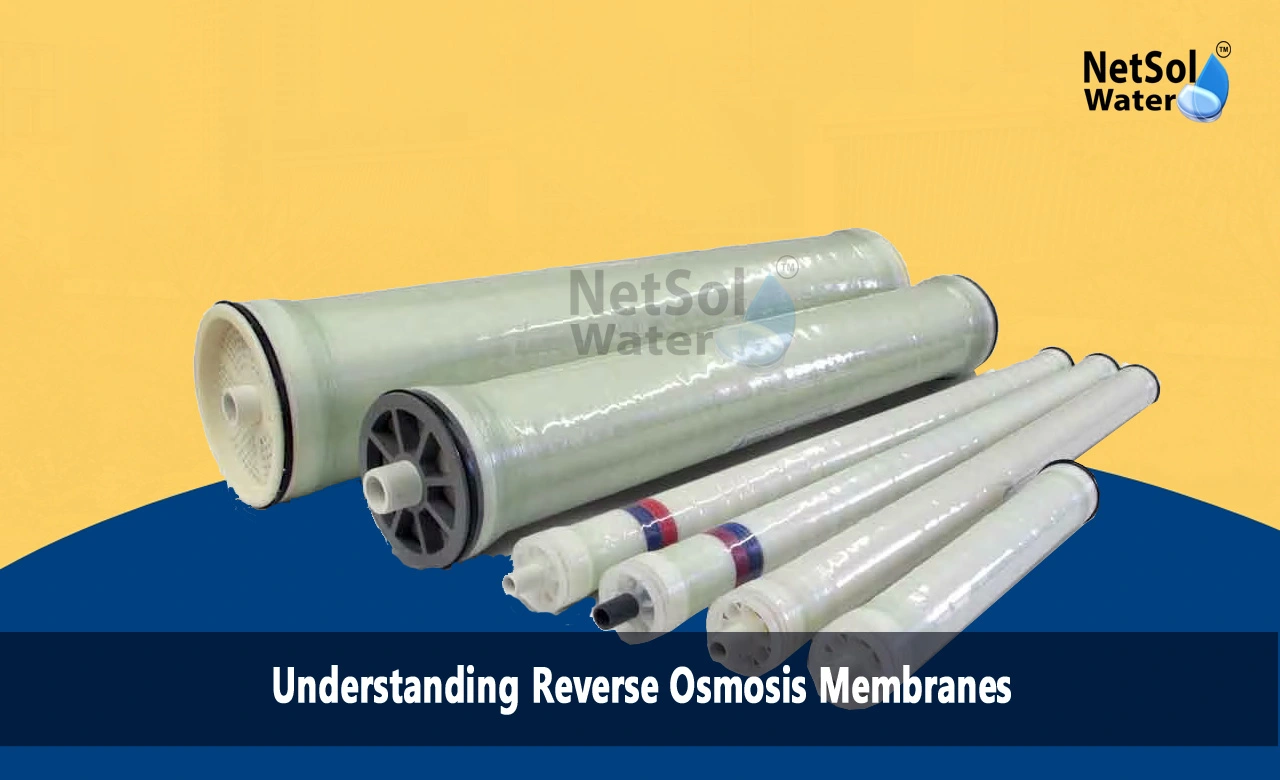Understanding Reverse Osmosis Membranes
In the search for clean water, reverse osmosis (RO) technology has become a real game-changer. And at the heart of this technology is the amazing reverse osmosis membrane. This special barrier is like a super filter that'sreally important for cleaning water. Understanding how these membranes work is key to seeing just how important RO systems are and all the different ways we can use them.
Understanding the Fundamentals of Reverse Osmosis
The Natural Osmosis Process
Before exploring reverse osmosis membranes, it is crucial to understand the concept of osmosis. Osmosis is a natural phenomenon where water molecules migrate from an area of low solute concentration (dilute solution) to an area of high solute concentration (concentrated solution) through a semipermeable membrane. This process continues until an equilibrium in concentrations is achieved on both sides of the membrane.
Reversing the Flow
Reverse osmosis works the opposite of regular osmosis. Normally, water flows from a weak solution to a strong one, but in reverse osmosis, pressure is used to push water molecules through a special filter from a strong solution (like salty or dirty water) to a weak one. This leaves behind all the waste material, like salt and dirt, making the water clean and safe to drink.
Exploring Membrane Composition and Design
Membrane Materials
Reverse osmosis membranes are typically constructed from polymeric materials, such as cellulose acetate, polyamide, or thin-film composite membranes. These materials are chosen for their ability to withstand high pressures, resist chemical and biological degradation, and selectively allow the passage of water molecules while rejecting other substances.
Membrane Structure
Reverse osmosis membranes are made up of many layers that work together to clean water efficiently. The main layer, called the active layer, is super thin, only a few microns thick, and does the actual filtering. It sits on top of a sturdy, porous material that gives it support and stability. Sometimes, extra layers are added to make the membrane more resistant to getting dirty and to make it last longer. These layers all work together to make sure the membrane does its job well.
Assessing Membrane Performance and Selectivity
Rejection Capabilities
The effectiveness of a reverse osmosis membrane is determined by its rejection capabilities, which refer to its ability to remove specific contaminants from water. These membranes can effectively reject a wide range of impurities, including dissolved salts, heavy metals, bacteria, viruses, and organic compounds, depending on their pore size and chemical properties.
Influencing Factors
Many things can affect how well reverse osmosis membranes work. The quality of the water going in, how much pressure is used, the temperature, and if the membrane gets dirty can all make a difference. To keep the membranes working their best and lasting a long time, it's important to treat the water before it goes in, make sure everything is set up just right, and clean the membranes regularly. Doing these things helps make sure the membranes work well and keep working well for a long time.
Exploring Reverse Osmosis Membrane Applications
Desalination Marvels
Reverse osmosis membranes are really handy in desalination, which is removing salt and minerals from seawater or slightly salty water. This process makes the water clean and safe for things like drinking, farming, and industry. It's especially helpful in places where there isn't much fresh water available.
Water Purification Solutions
Reverse osmosis membranes are also widely used in water purification systems for residential, commercial, and industrial applications. These systems can remove a wide range of contaminants, including pesticides, herbicides, heavy metals, and microorganisms, ensuring the delivery of clean, safe water for various uses.
Conclusion
Reverse osmosis membranes are amazing creations that have transformed water purification. They excel at separating water molecules from dissolved solids and impurities. This makes them essential for desalination, purifying water, and more. As water scarcity becomes a bigger issue, these membranes will become even more crucial. Understanding their principles, construction, and performance helps us grasp their vital role in providing clean water worldwide.
Netsol Water is Greater Noida-based leading water & wastewater treatment plant manufacturer. We are industry's most demanding company based on client review and work quality. We are known as best commercial RO plant manufacturers, industrial RO plant manufacturer, sewage treatment plant manufacturer, Water Softener Plant Manufacturers and effluent treatment plant manufacturers. Apart from this 24x7 customer support is our USP. Call on +91-9650608473, or write us at enquiry@netsolwater.com for any support, inquiry or product-purchase related query.



